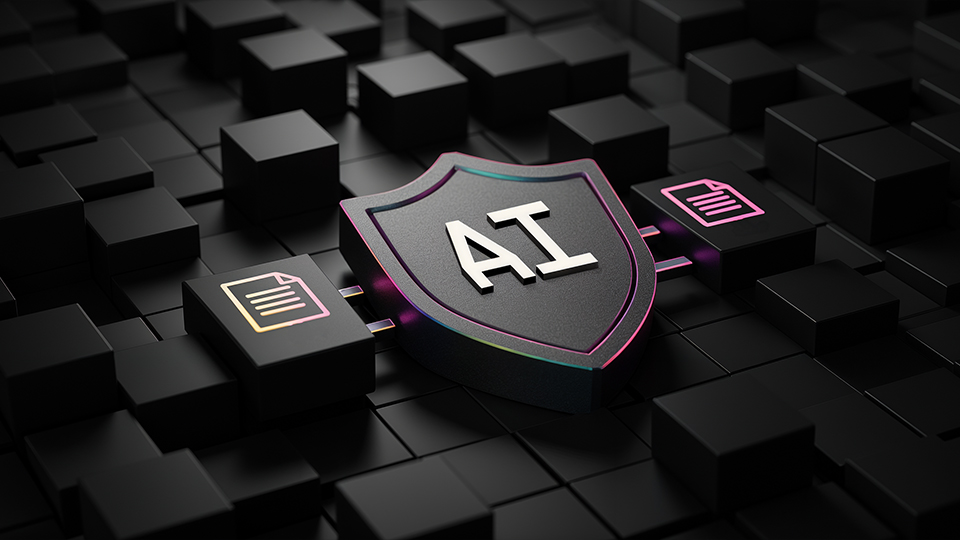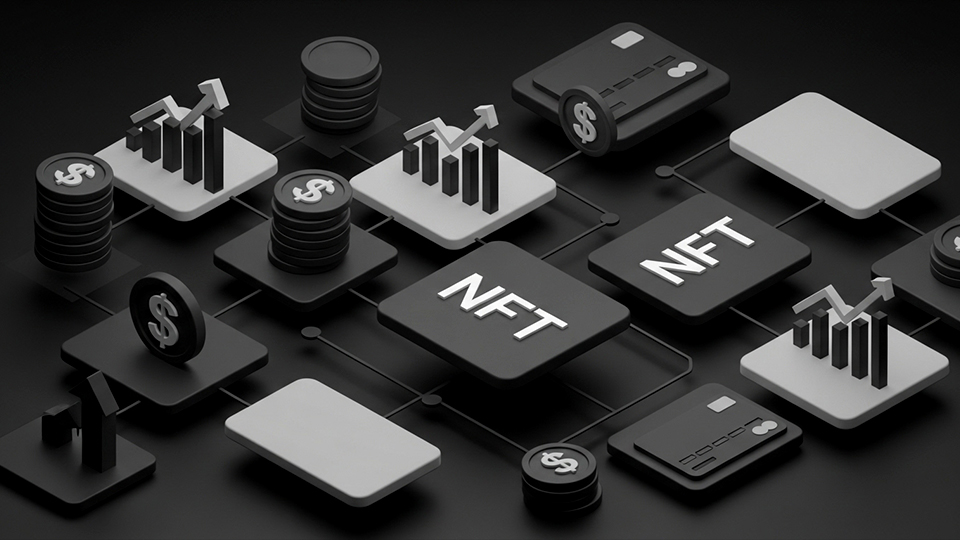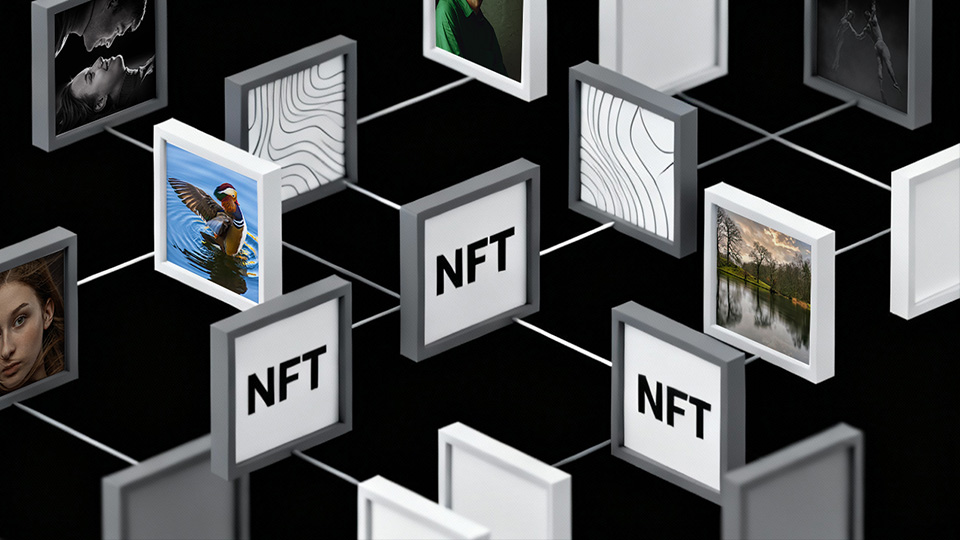Blockchain Data Privacy Solutions in an AI-Driven World
From personalized recommendations to predictive analytics, AI systems rely heavily on massive amounts of user data. However, this data often resides in centralized systems, leaving individuals vulnerable to misuse, breaches, and loss of control. In response, blockchain technology is emerging as a potential game-changer, offering a decentralized framework for securing data and redefining digital privacy.
The Data Privacy Challenge in the AI Era
AI technologies require vast datasets to learn, improve, and perform effectively. These datasets often include sensitive personal information such as browsing behavior, purchasing habits, location data, and even biometric identifiers. When this data is stored by centralized entities, such as tech corporations or data brokers, it becomes susceptible to:
- Unauthorized access and hacking
- Misuse for targeted advertising or political manipulation
- Lack of user awareness or consent
- Minimal transparency about how data is stored or shared
The growing public concern about data sovereignty and surveillance has led to calls for better systems that prioritize privacy by design.
Enter Blockchain: A Decentralized Privacy Solution
Blockchain data privacy is rapidly emerging as a key solution in the digital age. Blockchain is best known as the underlying technology for cryptocurrencies, but its capabilities extend far beyond finance. It is a decentralized, tamper-resistant ledger that records transactions across multiple computers. When applied to data management, blockchain offers several features that directly address privacy concerns:
1. Decentralization Reduces Single Points of Failure
Traditional data storage models are centralized, meaning one server or entity controls access. If compromised, the entire dataset is at risk. Blockchain distributes data across a network of nodes, making it significantly harder for a single attack to access or corrupt the data.
2. Transparency with Consent
On a blockchain, every transaction is recorded and verifiable. Smart contracts, automated pieces of code, can be used to enforce user consent and control over data usage. For example, a user could grant temporary access to a healthcare provider without revealing their entire medical history, and revoke that access at any time.
3. Immutability and Trust
Once data is recorded on a blockchain, it cannot be altered without consensus from the network. This immutability ensures that records are trustworthy and that unauthorized changes can’t go unnoticed. For AI systems, this could mean verifying the origin and integrity of training data.
Real-World Applications
Several blockchain-based projects are already exploring ways to enhance privacy in the AI era:
- Self-Sovereign Identity (SSI): Projects like uPort and Sovrin allow individuals to create and control digital identities without relying on centralized authorities.
- Decentralized Storage: Platforms like Filecoin and IPFS enable users to store files securely across a network, rather than on a single server.
- Privacy-Focused Data Marketplaces: Ocean Protocol and similar projects are building platforms where users can share and monetize their data on their terms, with full transparency and control.
Securing Data Autonomy Through Blockchain
Blockchain data privacy offers a powerful framework for reshaping digital trust, enabling individuals to reclaim ownership of their digital identities. In this new space, data privacy becomes a foundational principle, with security and transparency guiding how personal information is accessed and used. This shift not only empowers users but also ensures that AI technologies evolve responsibly and with informed consent.
In short, blockchain’s integration into AI systems could help shift the balance of power back to users. While it’s still an emerging space, its potential to reinvent how we manage, share, and protect data is too significant to ignore.





